This article was published as a part of the Data Science Blogathon.
Introduction
Application developers must consider various factors when selecting a database to purchase. There are numerous commercial databases available, each with its client benefits. SQL (relational database) and NoSQL (non-relational database) are the two main types of databases. This article will look at the differences between them and how they assist developers.
Many people are familiar with Relational Database Management Systems (RDBMS), and the Structured Query Language (SQL) used to communicate with them, from analysts and engineers to IT decision-makers. While these names refer to a decades-old paradigm still widely used, the sheer range and depth of database systems available today might be overwhelming.
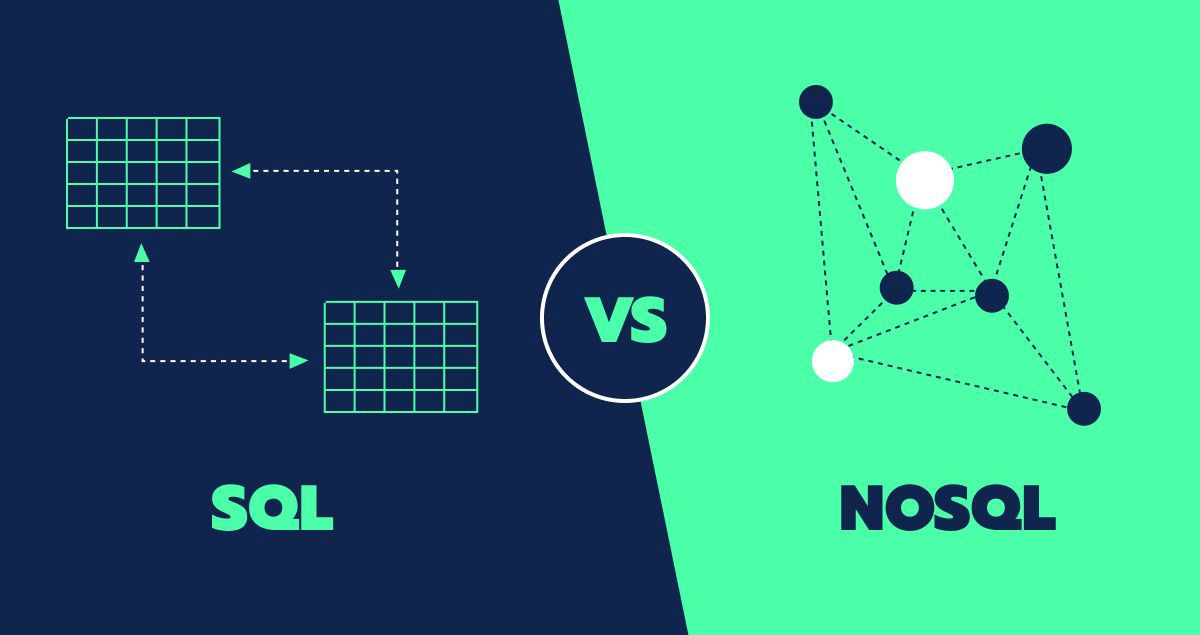
Furthermore, growing volumes of unstructured data, storage and processing power availability, and changing analytic requirements have sparked interest in fundamentally diverse technologies. These popular alternatives to traditional RDBMSs, collectively known as NoSQL, show promise for a range of modern use cases.
Practitioners should be aware of the distinctions between SQL, NoSQL, individual Database Management Systems (DBMS), and languages, as well as the contexts in which each is best suited and how the landscape is changing, to make informed decisions about which to utilize.
What is a SQL Database?
Structured query language (SQL) is a domain-specific programming language for querying and manipulating data in a relational database supported by SQL databases. The core of the relational model is abstracting data as a set of tuples grouped into relations, which allows for abstraction over the actual representation of data and access paths.
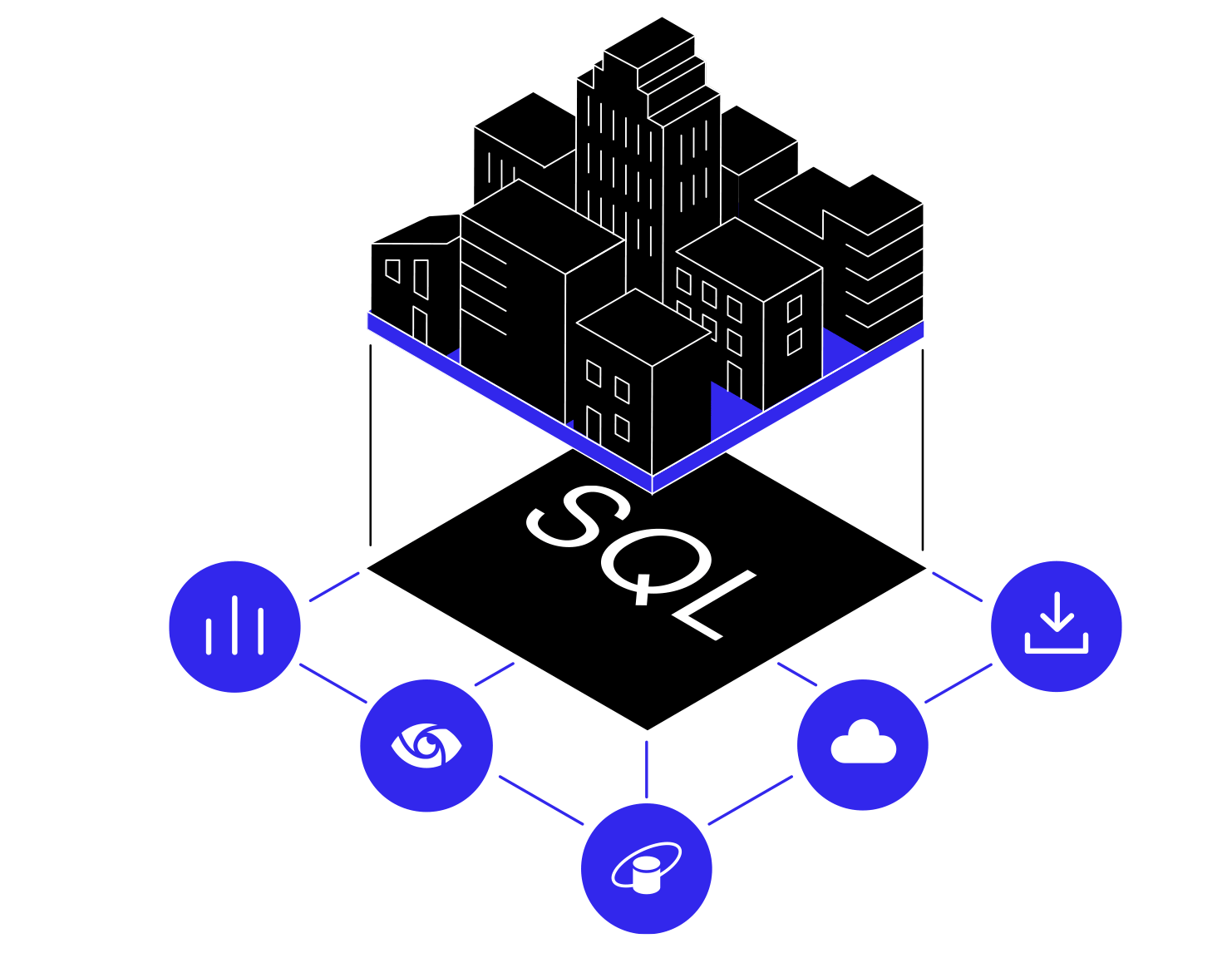
The most widely used language for implementing queries in relational architecture is SQL. SQL Programming includes inserting, searching, updating, and deleting database records. SQL is used in relational databases such as MySQL Database, Oracle, MS SQL Server, Sybase, etc.
Pros of SQL databases:
- Flexible queries
- Reduced data storage footprint
- Data integrity semantics that is strong and well-understood
Cons of SQL databases:
- Rigid data models
- Single point of failure
- Limited Horizontal scalability
What is a NoSQL Database?
NoSQL is a non-relational database management system (DBMS) that does not require a set schema, avoids joins, and is scalable. For dispersed data repositories with large data storage requirements, a NoSQL database is employed. Companies like Twitter, Facebook, and Google, for example, acquire gigabytes of user data every day.
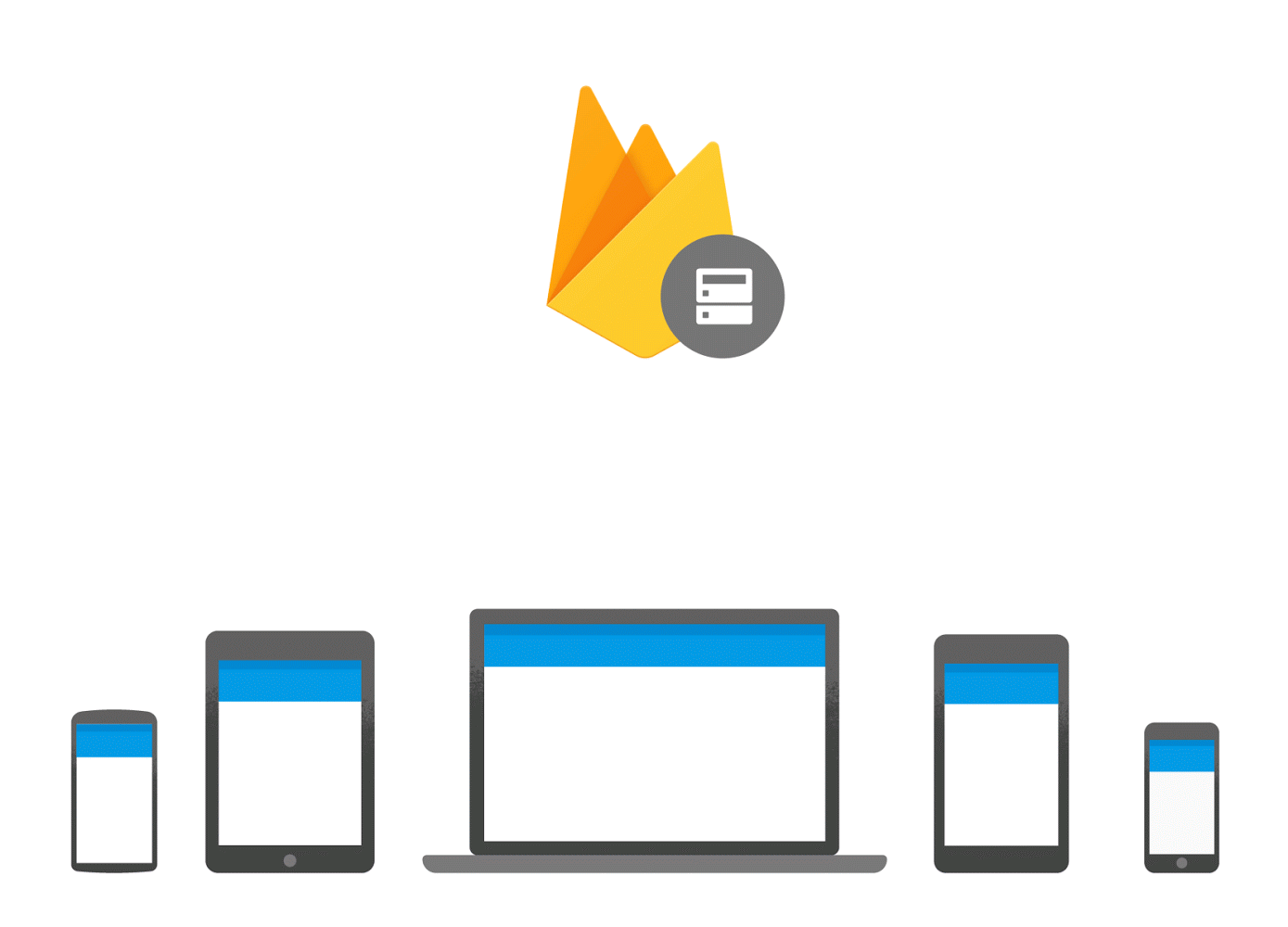
The acronym NoSQL stands for “Not Only SQL” or “Not SQL.” In 1998, Carl Strozz coined the term “NoSQL.” Traditional RDBMS uses SQL syntax to store and retrieve data for further analysis. On the other hand, a NoSQL database system is a group of databases that may hold structured, semi-structured, unstructured, and polymorphic data.
Pros of NoSQL databases:
- High performance
- Flexible data models
- High-level data abstractions
- Dynamic schema for unstructured data
Cons of SQL databases:
- Distributed systems problems
- Lack of flexibility in access patterns
- Vague interpretations of ACID constraints
SQL vs NoSQL
When choosing a modern database, one of the essential factors to consider is utilizing a relational (SQL) or non-relational (NoSQL) data structure. While both are attractive options, there are several key differences that clients should examine before deciding.
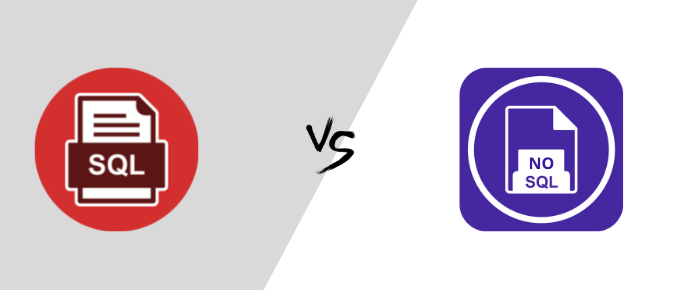
The following are the five critical distinctions between SQL and NoSQL:
- SQL refers to relational databases, whereas NoSQL refers to non-relational databases.
- SQL databases use a structured query language and have a defined schema. NoSQL databases use dynamic schemas for unstructured data.
- NoSQL databases scale horizontally, whereas SQL databases scale vertically.
- Whereas SQL databases are table-based, NoSQL databases are document, key-value, graph, or wide-column stores.
- Multi-row transactions are a strength of SQL databases, whereas unstructured data like documents and JSON is a strength of NoSQL databases.
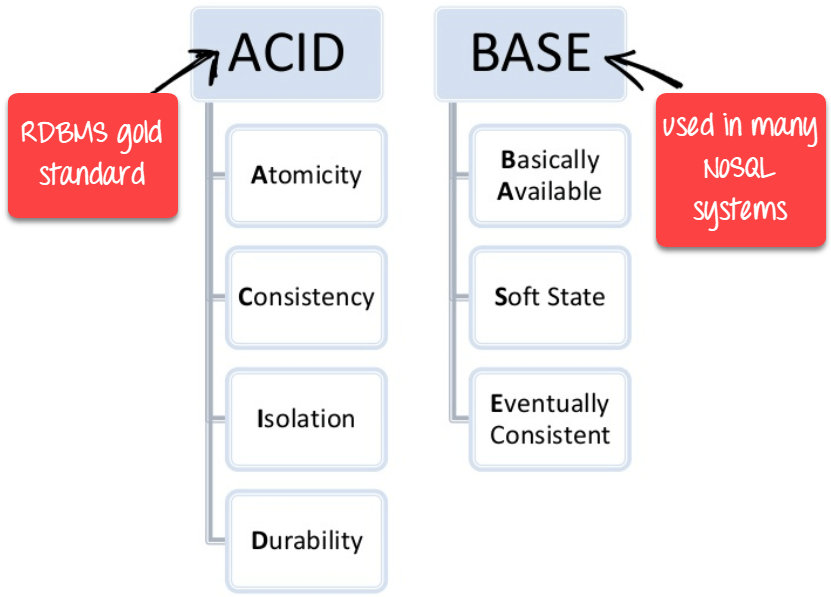
Database Architecture
The primary distinction between these two systems is that SQL databases are relational, whereas NoSQL databases are non-relational.
Database Schemas and Query Languages
SQL databases contain a pre-defined schema for defining and manipulating data and employ structured query language. SQL is one of the most versatile and extensively used query languages, making it a safe bet for many applications. It’s ideal for queries with a lot of variables. SQL, on the other hand, can be overly restrictive. Before dealing with your data, you must first determine its structure using specified schemas. Your data must all be organized in the same way. It would be difficult and disruptive to your entire system if you ever wanted to change your data structure.
In NoSQL databases with dynamic schemas, unstructured data is stored in several ways. You can use a column-oriented, document-oriented, graph-based, or KeyValue store to store your data.
Scalability
The processing capability of existing hardware can be used to scale most SQL databases vertically. NoSQL databases employ a master-slave architecture that allows them to extend horizontally by adding more servers or nodes. These are good generalizations; however, keep in mind the following:
- SQL databases may also be scaled horizontally, though sharding or partitioning logic is frequently left to the user and is not well supported.
- While many NoSQL systems rely on a master-slave architecture, there are additional possibilities for scaling vertically.
- Savings from more efficient data structures can easily outweigh scalability disadvantages; the essential thing is to understand the use case and design accordingly.
Structure
SQL database schemata usually reflect relational, tabular data, consistent, and integrity standards in place. They have tables with columns (attributes) and rows (records), and keys have limited logical associations.
NoSQL databases do not have to follow this format, although they usually fall into one of four categories:
- Column-oriented databases convert row-oriented RDBMSs into column-oriented databases, enabling efficient storing of high-dimensional data and individual records with several properties.
- Key-Value Stores are dictionaries that allow you to access various objects using a unique key to each one.
- Semi-structured data is stored in document stores: objects that include their essential information and can be completely different from one another.
- Relationships are added to documents in graph databases, allowing for efficient traversal of highly connected data sets.
SQL vs NoSQL: When to Use Each?
When to use SQL?
- SQL is the most straightforward language for communicating with a relational database management system.
- Analyzing and customizing behavioural-related sessions
- Creating unique dashboards
- It allows you to store and retrieve data from a database swiftly.
- When you want to use joins and run sophisticated queries, this is the way.
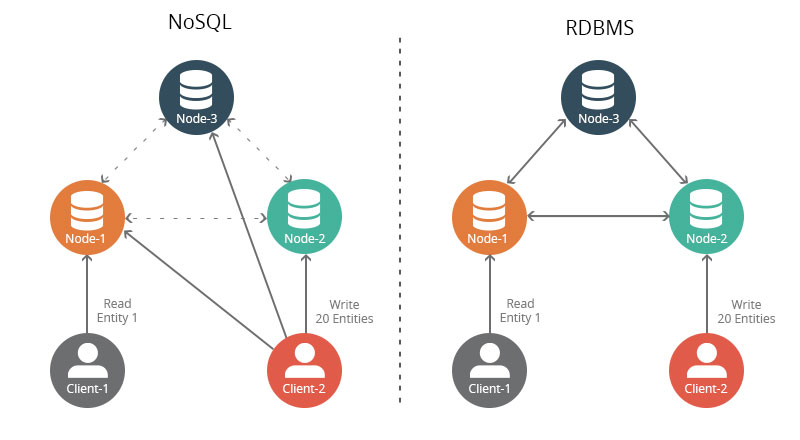
When to use NoSQL?
- When ACID assistance isn’t required
- When the traditional RDBMS model is insufficient
- Data that necessitates a flexible schema
- Database constraints and validation logic are not necessary to be implemented.
- Data logging from a variety of sources
- It should be used to keep track of temporary data such as shopping carts, wish lists, and session information.
Sample Code
Here’s a document that describes one of the cars in the collection:
{
"_id" : ObjectId("600c626932e0e"),
"year" : "2018",
"make" : "ford",
"color" : "white",
"km" : 2200,
"price" : 42000
}
A row in SQL identifies a data point (in this case, one car).
year make colour km price 2018 ford white 2200 42000
Query: Find cars made by Ford.
NoSQL (MongoDB):
> db.car.find( {make: "ford"} ).limit(1).pretty()
{
"_id" : ObjectId("600c63cf32e0e"),
"year" : "2018",
"make" : "ford",
"colour" : "white",
"km" : 2200,
"price" : 42000
}
SQL (MySQL):
mysql> select * from car -> where make = "ford" -> limit 1;
year make colour km price 2018 ford white 2200 42000
Conclusion
- The traditional database is a SQL database system that represents data and relationships using a tabular relational paradigm.
- The schema in SQL databases is stable, static, or predetermined, whereas the schema in NoSQL databases is dynamic.
- SQL databases are not well suited for hierarchical data storage. However, NoSQL databases are.
- The decision between SQL and NoSQL databases depends on the project requirements rather than their differences.
The media shown in this article is not owned by Analytics Vidhya and is used at the Author’s discretion.





